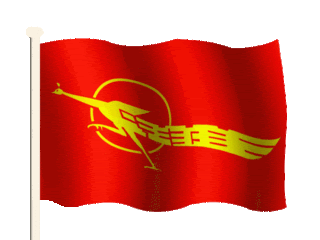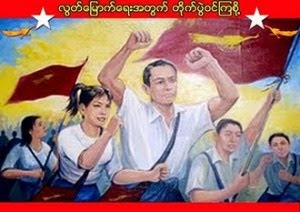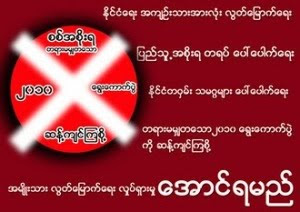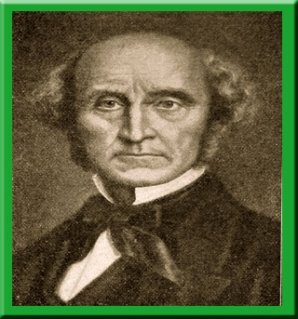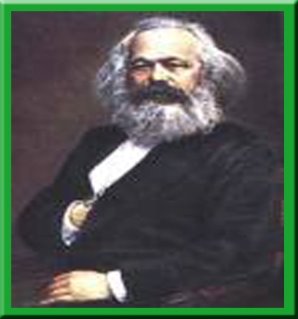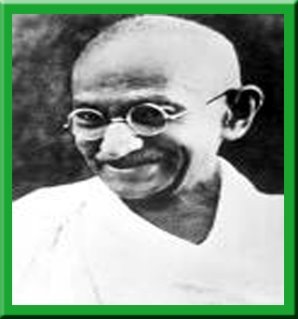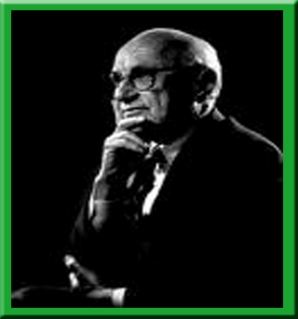At least 68% of countries in the world were authoritarian in 1968. In 1995, only 26% of these were authoritarian. This rapid political transformation was with the third wave of democratization. For a complete democratization process, there are two stages according to the transition approach; initial transition and democratic consolidation. The successful outcomes of democratization depend on who governs in the interim period.
The starting point is to analyze the main objectives of government. “To govern” means “to control”. Throughout the history, the government has served two main objectives; maintaining order (preserving life and protecting property) and providing public goods. The third objective has come along with the ‘welfare state’ concept during the twentieth century. Under this concept, the government role expanded to provide individuals with medical care, education, and a guaranteed income (Goldman, 2005:10)
Greek philosophers classified governments according to the number of citizens involved in the process. At one extreme is autocracy, a system of government in which the power to govern is concentrated in the hands of one individual. At another extreme is democracy, a system of government in which the people rule directly or indirectly. Among them, there is an oligarchy, a system of government in which power is concentrated in the hands of a few people.
Political change moving in a democratic direction from less accountable to more accountable government, from less competitive or non-existent elections to fuller and fairer competitive elections, from severely restricted to better protective civil and political rights, from weak autonomous associations to more autonomous associations in civil society is referred as democratization. Crucial to the democratic outcomes is the question of who governs in the interim period. To prevent the reverse wave of democratization (failing to consolidate democracy and converted to authoritarianism), it is important to determine the way of using the power.
By analyzing the detailed case studies of the initial transition from authoritarian rule to democratic rule, Shain and Linz identified four ideal types of interim government; i.e
opposition-led provisional governments
power sharing interim governments
incumbent-led caretaker governments and
International interim governments.
(1) opposition-led interim governments
These include new ruling elites following a revolutionary struggle or a coup d’ètat. The typical example is Portugal in 1974-1976.
The main reasons for this transition were the rapid emergence of political parties, sustained commitment to elections, the reduction of power in armed forces and the heavy involvement of a wide variety of foreign actors, NATO, EC and the World Government.(Potter, 2000: 16)
(2) Power sharing interim governments
These result either
From a temporarily coalition between representatives of the previous authoritarian regime and people from the democratic opposition (or)
From an incumbent administration acting as a caretaker until a democratically elected government can take over. (Shain & Linz, 1995:42)
The case example is democratic transition in Poland (1989-1991).
(3) Incumbent-led caretaker governments
These are the products of transitions in which the authoritarian regime initiated a transition in the face of growing economic deterioration, or a severe rupture within the elite, or a threat of opposition and even revolt (ibid, 52)
The case example is South Africa. The incumbent de Klerk government acted as a caretaker government at first, then the main incumbent power-sharing coalition on the way to the election of a national government and a constituent assembly.
(4) International Interim governments
These are the governments set up by the United Nations. These are appropriate where
· The prospects of power-sharing are minimal because of historical and brutal rivalries
· Total distrust among the indigenous contestants
· The deep involvement of foreign states
· None of the contestants, in power or in opposition can claim or nearly claim total victory. (Shain & Linz, 1995:68)
The case examples are Namibia (1989-90) and Cambodia (1989-93).
There may be other forms of interim governments depending on the strategic visions of the leaders. Whatever type of government, the crucial outcome is the democratic consolidation and the democratic actors should emphasize on this outcome to prevent the failure of democratic consolidation and reverted to authoritarian regime. The case example is in Burma (1960s) and in some African countries (1999).
The democratic actors can advance a polity towards democratic consolidation if they
· Neutralize actors who are unconditionally authoritarian
· Promote preferences and practices compatible with the functioning of democracy
· Increase the number of democratic actors and
· Agreed to subordinate their strategies (including competition among themselves) to the imperative of not facilitating a return to authoritarianism. (O’Donnell, 1992:22)
In conclusion, the question of ‘who governs in the interim period’ is not only important for immediate political change from the regime rule to democratic rule but also for the long term democratic consolidation.
PS. ‘In the case of Burma, as military regime has refused any attempts of Dialogue to form power-sharing governments or even the incumbent led governments, the types of government will be in the forms of opposition-led government or international government. So preparation is better than adjourning until it comes. No one can foresee the period of political change. It must start as soon as after the overthrow of the regime with the people power movement. Prolonged discussions and debates can give time to the regime for another coup)
Khin Ma Ma Myo (28/05/2006)
References
Potter, D.; Goldblatt, D.; Kiloh, M. & Lewis, P. (2000) Democratization, Polity Press
O’Donnell, G., Schmitter, P. & Whitehead, L. (eds) (1986) Transitions from Authoritarian rule, Baltimore, John Hopkins University Press
Janda, Barry, Goldman (2005) The Chanllenge of Democracy,eighth edition, Houghton Mifflin Company, New York
Potter, D.(2000) Democratization, Good Governance and Development, in Allen, T. & Thomas, A. (eds) Poverty and Development into the 21st century, Oxford University Press, Oxford

